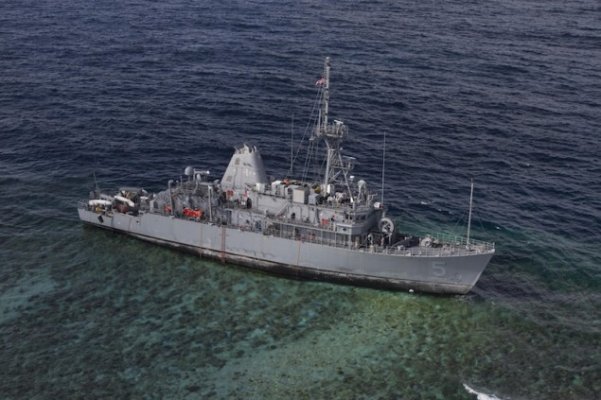Personally, I don't want to run around with my hand bearing compass and pencil all day.
I don't think anyone was implying we should.
Over the past bunch of years there have been some newsworthy boating accidents here and in BC in which upon investigation the boat was found to be equipped with the electronics bells and whistles but person driving knew little other than the very basics. Mark a line on the plotter from here to there and follow the line, that sort of thing.
No knowledge of chart symbols, no knowledge of the Colregs/rules of the road, no knowledge of much of anything other than how to put a "here" point in the plotter and a "there" point, and then drive the little dot down the line.
Given that some of these accidents killed people, in one case a lot of people, it raises the question, "is a rudimentary knowledge of how to program and follow the electronics sufficient for navigating a boat?"
And I think that's what the posters who brought up paper charts and compasses and whatnot were after. Is a working knowledge of how to operate the electronics enough? Will that cover all the challenges a boater can face in getting a boat from A to B via C without hitting anything that's not water? Does that boater have sufficient knowledge to modify a navigation plan if weather or bad visibility start taking Plan A apart?
The old way of navigation is the basis for the new way. The new way just makes the old way more accurate and user friendly.
If you learned how to write (articles, books, scripts, whatever) using a manual typewriter and then someone gives you a laptop with Word on it, it can make you a better writer because you are more inclined to make changes and improvements and try different things because it's so easy.
But if you don't know how to write and someone gives you a laptop with Word on it, having that fancy electronic "writin' machine" isn't going to make you a good writer because you have no foundation in the skill.
Not sure if that's a good analogy.
But the original poster did not say what his background in navigation is. Perhaps he's really up to snuff with charts and dividers and compasses and he simply wants some suggestions as to how best to bring his boat up to a good electronic capability.
Or perhaps he's bought a boat with a lousy or no radar and he's loaded Navionics on his iPhone and he's trying to learn navigation with them.
If it's the latter the suggestion to get a solid foundation in the basics of navigation is, I think, a good one. If it's the former then the suggestions to forget all this other crap and get a good Furuno setup right off the bat is, of course, the best one.





